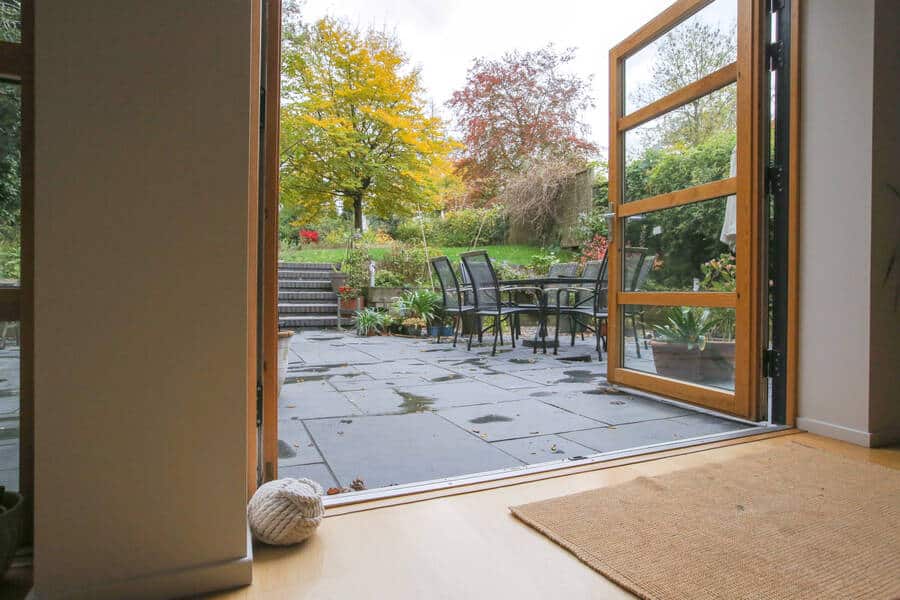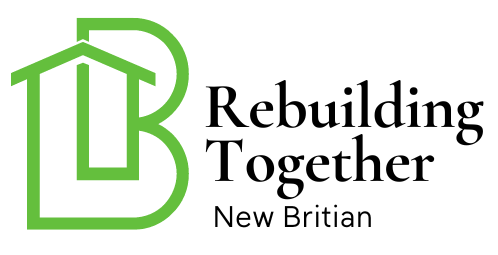Creating an accessible living environment is essential for all homeowners, ensuring that every individual, regardless of ability, can navigate comfortably within their home. One crucial aspect of this is the implementation of ADA-compliant signage at home. Whether you’re constructing a new house, renovating, or simply looking to make your home more inclusive, understanding the importance and methods of integrating such signage is vital. This article delves into the necessity and steps to incorporate ADA-compliant signage effectively.

Understanding ADA Standards for the Home
The Americans with Disabilities Act (ADA) sets forth standards to prevent discrimination based on disability. While it primarily applies to public spaces, its principles are increasingly adopted in residential settings. These standards ensure that people with disabilities can access and enjoy their living spaces without barriers. Incorporating these guidelines into your home can enhance accessibility and inclusivity.
Why ADA-compliant Signage at Home Matters
ADA-compliant signage is not just a legal requirement in public domains but also a valuable addition to homes. It facilitates easier navigation and understanding within a space, especially for individuals with visual or cognitive impairments. By implementing such signage, homeowners can create a more welcoming and accommodating atmosphere.
Types of ADA-compliant Signage
There are various types of ADA-compliant signage that can be integrated into a home setting:
- Braille Signs: These are essential for visually impaired individuals, allowing them to read room labels and directions using touch.
- High-Contrast Signs: Using contrasting colors can make signs more readable for individuals with visual impairments.
- Directional Signs: These help in guiding individuals through the home, ensuring they can find rooms and exits without confusion.
Design Principles for ADA-compliant Signage
When designing ADA-compliant signage for your home, consider the following principles:
- Readability: Ensure text is large and clear enough to be read from a distance.
- Contrasting Colors: Use colors that stand out against each other to improve visibility.
- Simple Language: Use straightforward wording to prevent confusion.
Placement of ADA-compliant Signage
The placement of signage is crucial for its effectiveness. Signs should be positioned where they are easily noticeable and accessible. Consider placing signs at eye level for easy viewing and ensuring they are not obstructed by furniture or decor.
Ensuring ADA Compliance in Home Signage
To ensure that your home signage is ADA-compliant, it’s advisable to consult with experts or refer to official guidelines. This not only helps in adhering to standards but also ensures that the signage serves its purpose effectively.
Benefits of ADA-compliant Signage at Home
Implementing ADA-compliant signage in your home offers numerous benefits, including:
- Enhanced Accessibility: Makes it easier for individuals with disabilities to navigate the home.
- Increased Safety: Helps in identifying exits and important areas quickly, essential during emergencies.
- Inclusive Environment: Creates a welcoming space for all individuals, promoting equality.
Case Study: Successful Implementation
Consider the example of Jane’s family, who implemented ADA-compliant signage to accommodate their visually impaired grandfather. By using Braille signs and high-contrast labels, they significantly improved his ability to navigate their home independently.
Challenges in Implementing ADA-compliant Signage
While beneficial, implementing ADA-compliant signage can come with challenges such as cost and design limitations. However, with proper planning and consultation, these hurdles can be overcome to create a more accessible home.
Cost-effective Solutions
For homeowners concerned about costs, there are budget-friendly options available. DIY signage kits and consulting with local organizations can provide affordable solutions without compromising on compliance.

FAQs on ADA-compliant Signage at Home
1. What is ADA-compliant signage?
ADA-compliant signage refers to signs that meet the standards set by the Americans with Disabilities Act, designed to be accessible to individuals with disabilities.
2. How can I ensure my home signage is ADA-compliant?
Consulting with ADA experts and referring to official guidelines can help ensure compliance. It’s important to focus on readability, contrast, and placement.
3. Are there cost-effective ways to implement ADA signage?
Yes, there are several affordable options such as DIY kits and consulting with local organizations to find budget-friendly solutions.
For more information on creating an accommodating home environment, visit low-pile carpeting and ADA design standards.
This article contains affiliate links. We may earn a commission at no extra cost to you.

